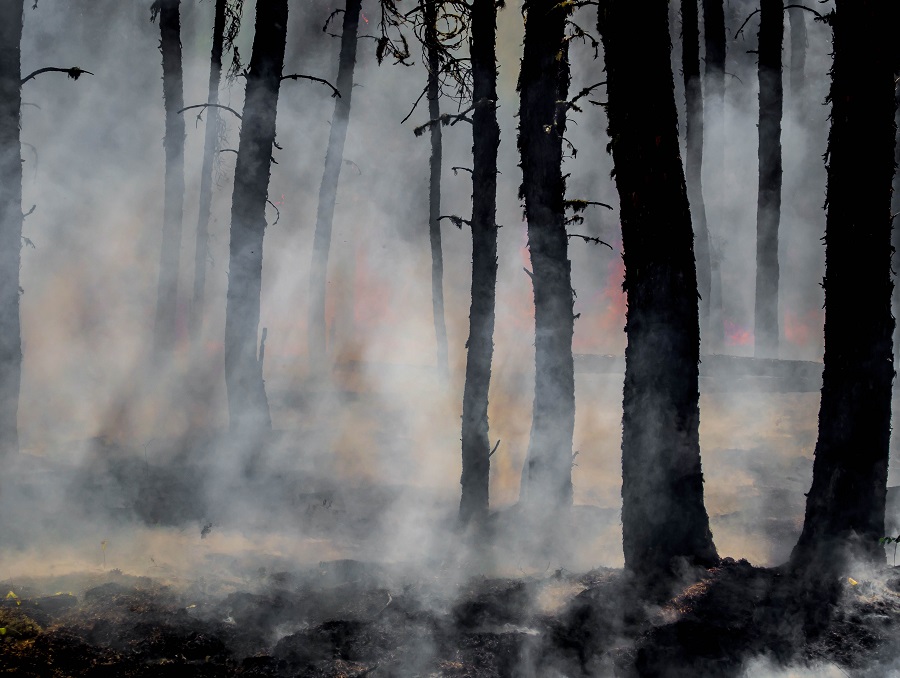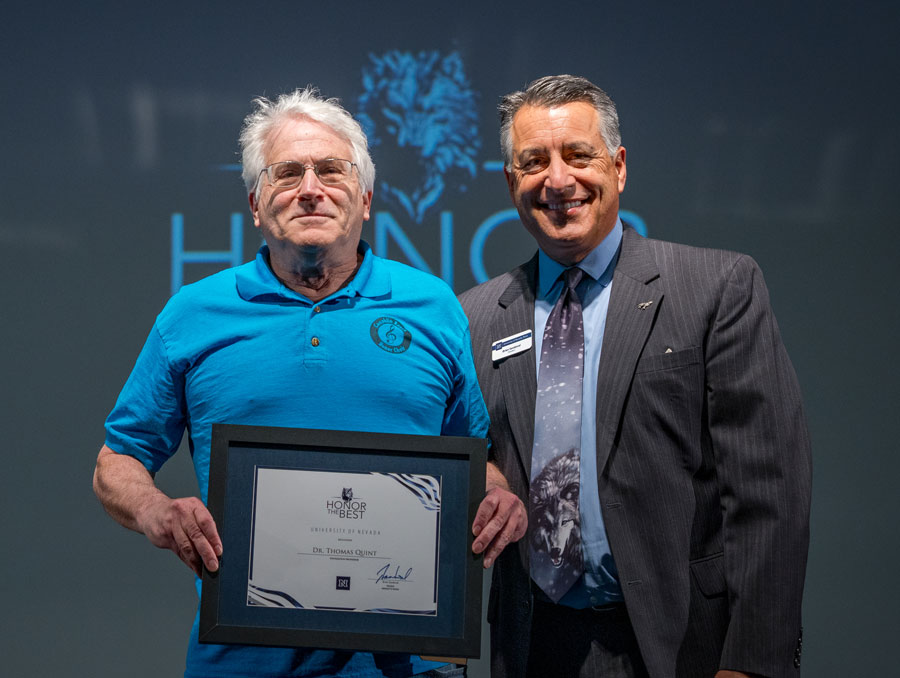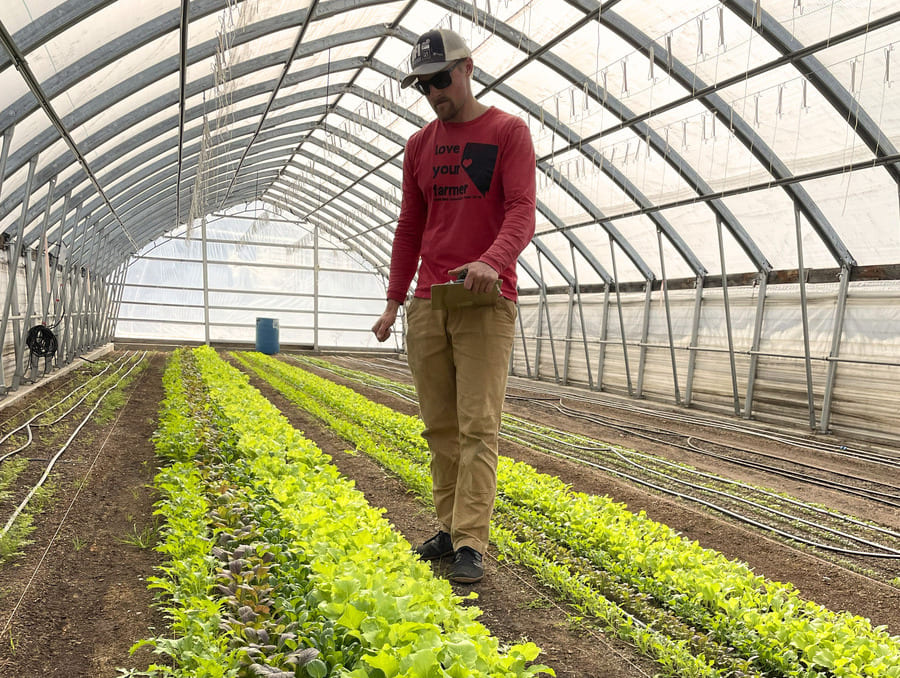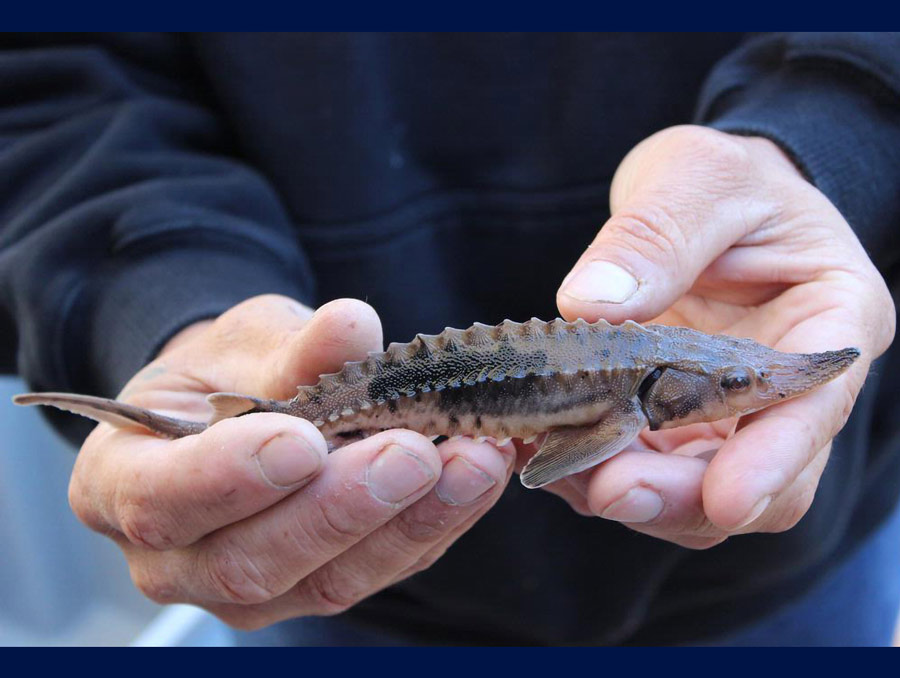We live in the high desert, and as you may have noticed, it gets hot and dry here in the late summer and early fall months. This is often preceded by massive amounts of snowmelt, causing early wet growth of fuel followed by long months of heat without rain – conditions that lead to fire.
Fire behavior
Wildland fires generally burn faster uphill. This is exacerbated in areas with slot and box canyons, where the heat is trapped and can lead to higher concentrations of smoke above the fire.
If you are above a fire, find a safe route to evacuate. Forest fires move 100-200 feet per minute or slightly faster when moving through the crowns of treetops, which means 50 miles per day. That can mean a lot of ground to cover quickly in wooded steep terrain so DO NOT WAIT.
Best advice in the backcountry: Stay away from a fire. Don’t start your hike upwind of a known fire. Should you see one, maintain situational awareness, keep your eyes on the fire at all times and have multiple safety routes in mind.
Let’s talk smoke
Smoke inhalation is going to be most severe to those with underlying lung or heart disease. That means if you have asthma, COPD, congestive heart failure, history of heart attack, sleep apnea or moderate to severe allergies this will affect you more.
Smoke often blankets our beautiful little valley and with it comes tiny particulates that can work themselves into our smaller lung passages. When this occurs, we get all sorts of inflammatory cells that are activated to prevent damage to the lungs. However, these cause “leaky” blood vessels and can block the airway further making it more difficult to breath.
If you have an inhaler with albuterol, use it early when heavy smoke is around! Doing so will help to open the airway. If you get to the point of wheezing, call your doctor or head to an urgent care if it’s severe.
Other things to consider: Stay inside during bad air quality days, especially if you already have asthma. The ONLY masks you can wear to prevent particulate invasion are N95 or N100 respirators. They should be worn with one strap over the ear and one under, then pinched at the nose, so they seal well. Any other mask will not prevent irritants from reaching the lungs and will actually make breathing more difficult. For the facial hair contingent, your mustache or beard will also prevent the mask from working. During fire season, shave that guy off and regrow him in time for men’s health month in Movember!
Wildfire survival
Remain calm in settings of fire.
If one is close to you, get in your car, park it away from the advancing front and stay in it until the fire passes. This will take 30 seconds for a grass fire and 3-4 minutes for a forest fire. Your car will get hot, it will be rocked by convection heat waves, you may notice funky smells, STAY IN THE CAR and calm your mind as best you can. Once the fire has moved on, exit the car and keep it between you and the fire.
If caught on a slope, get to safety. If you can’t get to safety right away, remember that the air is coldest at the base. Make yourself flat and breathe the cooler air. You can survive air of 200 degrees Fahrenheit for 30 minutes and air of 480 degrees for three minutes. A wet bandana will help cool the air, but use caution with synthetic fibers, as they will melt. Pure cotton or wool will not. If you cannot wet yourself down, find the biggest clearing you can and get as low as you can.
For more info, take a look at Firewise Communities online, or email me at sdugan@med.unr.edu.
 Sam Dugan, M.D., is a 2014 graduate of the University of Nevada, Reno and 2018 graduate of the University of Nevada, Reno School of Medicine. He is a second-year UNR Med Family Medicine resident and plans to pursue a career in wilderness medicine in northern Nevada.
Sam Dugan, M.D., is a 2014 graduate of the University of Nevada, Reno and 2018 graduate of the University of Nevada, Reno School of Medicine. He is a second-year UNR Med Family Medicine resident and plans to pursue a career in wilderness medicine in northern Nevada.













